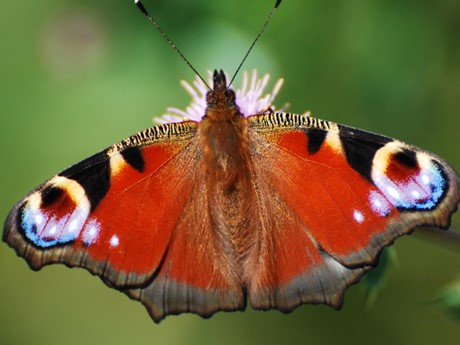Volunteer for Nature's Calendar
Judith Garforth, 01/01/2020
What is Nature's Calendar?
Nature's Calendar is a citizen science project, that tracks the timing of the seasons, and the effects of weather and climate change on wildlife in the UK.
The project relies on volunteers, who record the dates of seasonal indicators occurring where they live, year-on-year. The indicators are simple things like snowdrops flowering, blackberries ripening and conkers falling to the ground.
There are over 100 indicators recorded, occurring throughout the year.

Snowdrops flowering. Credit David Rodway/WTML

Blackberries ripening. Credit Ben Lee/WTML

Conkers falling to the ground. Credit Ben Lee/WTML
The dates, collected by volunteers, and submitted to the Nature's Calendar project website, continue a long record that began in 1736!
This long-term record is used by scientists to investigate how climate change is affecting our wildlife. The data already indicates that some spring events are over a week earlier now, than they used to be, with consequences for wildlife such as the timing of food chains getting out of synch. However, there is still so much more to understand.
Volunteers needed
Nature's Calendar needs more volunteers. Could you spare a few minutes each week to track the changing seasons where you live?
All it takes is two simple steps:
- Read our quick guide to recording
- Register to take part
What is it like to volunteer?
Find out from Roger, a Nature's Calendar volunteer who has been recording seasonal changes in Essex for over 20 years.

Roger has recorded the date of bluebell first flowering for 20 years!

Bluebell flowering. Roger's most recorded seasonal indicator. Credit M Blackburn/WTML
Can anyone volunteer?
Anyone in the UK, over the age of 18, can volunteer. You don't need to be an expert! We provide help with identifying all the seasonal indicators.
Watch our tree identification webinar to gain the skills and confidence needed to identify the tree species included in the Nature's Calendar project.


Field maple leaves. Credit Ben Lee/WTML

Oak leaves. Credit Ben Lee/WTML

Ash leaves. Credit Ben Lee/WTML
